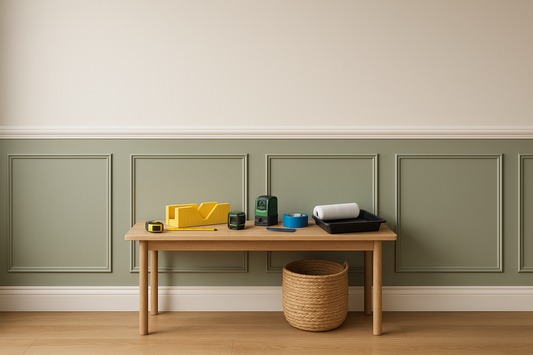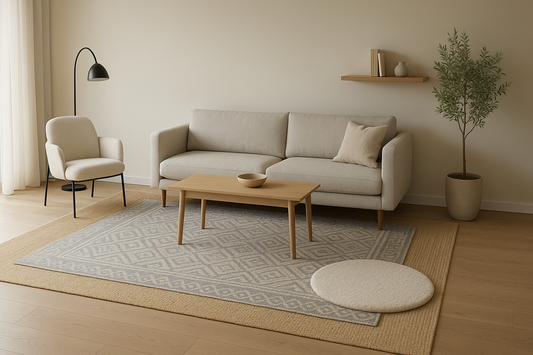-
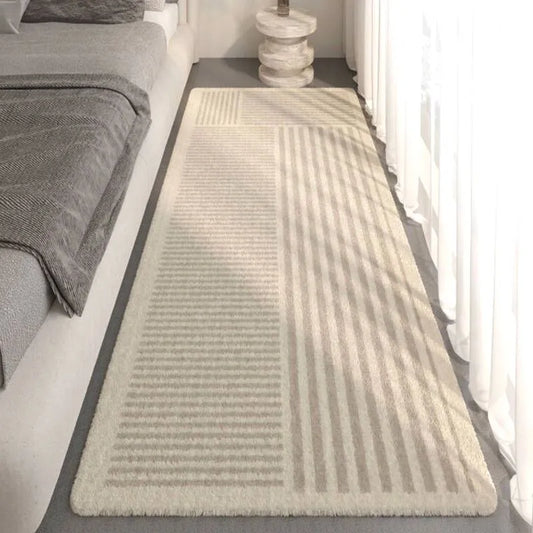
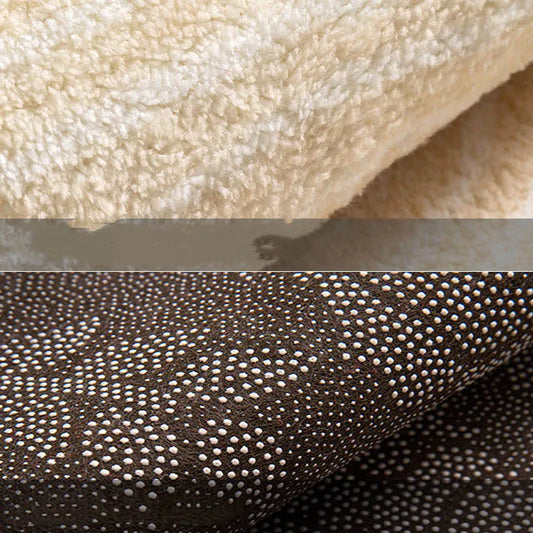
long hallway rug
Vendor:HeikoaRegular price From €79,90 EURSale price From €79,90 EUR Regular priceUnit price per€0,00 EUR -

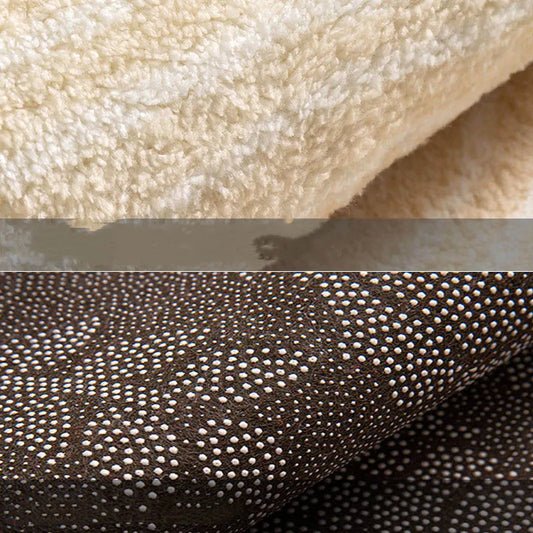
gray hallway rug
Vendor:HeikoaRegular price From €79,90 EURSale price From €79,90 EUR Regular priceUnit price per€0,00 EUR -


Long hallway rug
Vendor:HeikoaRegular price From €79,90 EURSale price From €79,90 EUR Regular priceUnit price per€0,00 EUR -

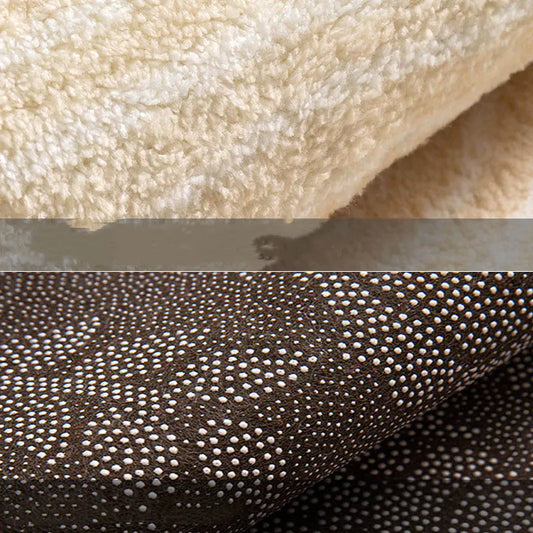
beige hallway rug
Vendor:HeikoaRegular price From €79,90 EURSale price From €79,90 EUR Regular priceUnit price per€0,00 EUR -
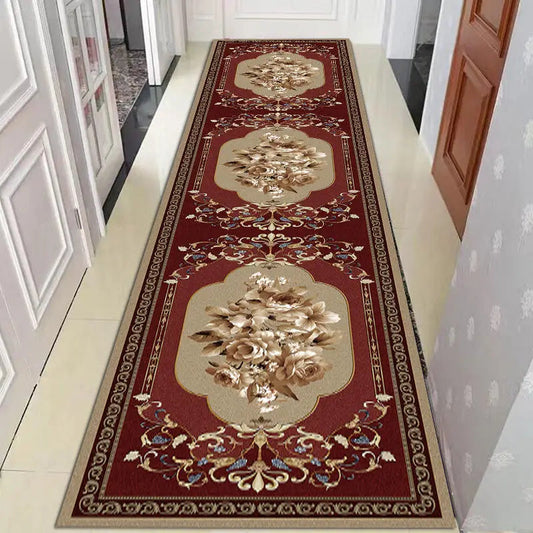
Big red carpet
Vendor:HeikoaRegular price From €44,90 EURSale price From €44,90 EUR Regular priceUnit price per -
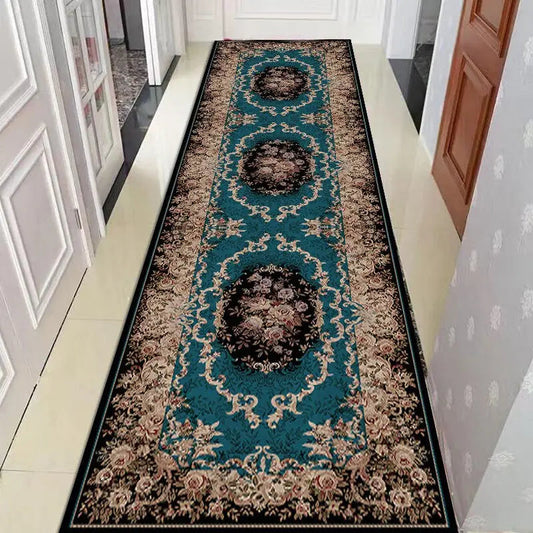
Blue brown hallway rug
Vendor:HeikoaRegular price From €44,90 EURSale price From €44,90 EUR Regular priceUnit price per -
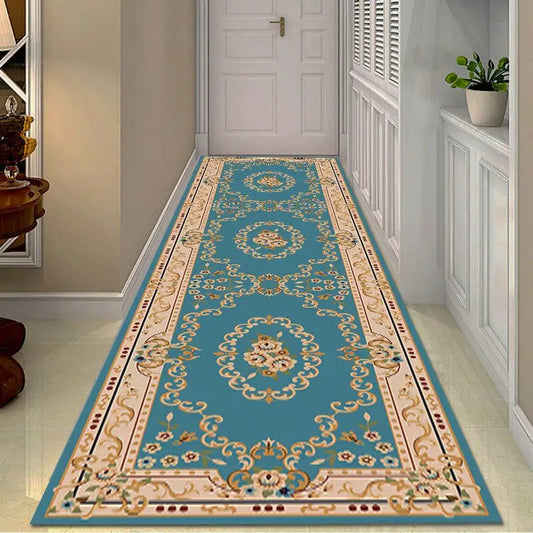
Blue hallway rug
Vendor:HeikoaRegular price From €44,90 EURSale price From €44,90 EUR Regular priceUnit price per -
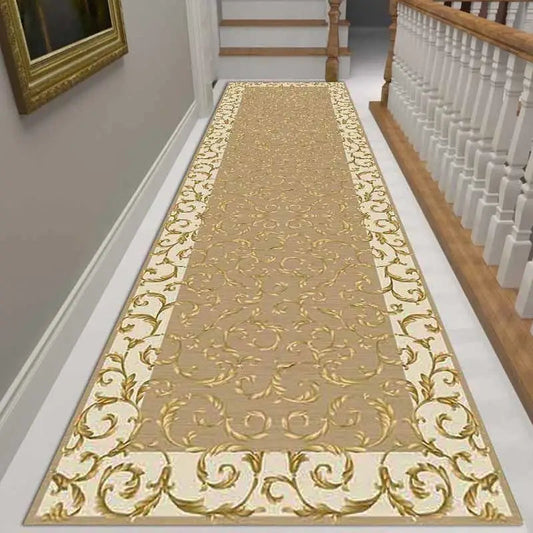
Golden hallway rug
Vendor:HeikoaRegular price From €44,90 EURSale price From €44,90 EUR Regular priceUnit price per
🏡 Runner rugs: the ultimate guide to enhance, protect and streamline your passageways
Long considered a mere transitional space, the hallway is the first impression of your home and the backbone that connects your rooms. A well-chosen runner transforms this passageway into an experience: it softens the acoustics, protects the floor, guides traffic flow, adds color—and defines your style. This comprehensive guide (designed for easy reading and immediate application) combines professional advice, selection charts, installation and maintenance tips, and colorful inspiration to help you find the perfect runner .
Beyond aesthetics, a well-sized runner rug improves everyday functionality : it reduces the risk of slipping, withstands repeated traffic, cushions early morning footsteps, and visually standardizes sometimes heterogeneous floors (wooden flooring on one side, tile on the other). This visual consistency brings a sense of order and serenity from the moment you enter.
If your goal is to enhance the perceived value of your home, a runner rug is one of the quickest investments you can make: a few measurements, a choice of material/pattern suited to the light and width of the passage, and the space changes scale. Your guests' comments will be clear: "Wow, your entrance looks amazing!"
1) Why a runner rug changes everything
A hallway without a carpet sounds hollow, slips, wears out quickly, and feels cold. A properly sized and well-placed hallway rug instantly provides:
- Visual warmth : it dresses the floor, connects the rooms with a coherent palette, makes the decor “breathe”.
- Comfort & acoustics : no more echo; footsteps become muffled, late returns more discreet.
- Natural guidance : the elongated shape structures the passage and avoids the “endless corridor effect”.
- Protection : it protects parquet floors and tiles from scratches, scuffs, micro-shocks and dirt.
- Safety : a suitable non-slip backing means fewer slips, especially in entrance/winter areas.
For urban homes, where space is at a premium, the runner acts as a guiding light that directs the eye and streamlines movement. Add a few light points along the runner (wall sconces, discreet LEDs): the circulation experience becomes pleasant, even at night.
In a family home, a non-slip runner rug is a safety ally for children and seniors. Combined with a quality rug pad, it limits unwanted movement on tiles and varnished parquet floors, while providing light cushioning that relieves the strain on joints and backs on a daily basis.
For interior design enthusiasts, the runner rug is also a stylistic connector : it allows you to seamlessly connect a Scandinavian living room and a more industrial kitchen, thanks to a pattern or a "bridge" color. A simple gold border, for example, can echo the brass handles in a kitchen.
2) Sizes, formats & proportions: measure well, place well
A runner that's too short or too narrow breaks the line. A disproportionately large rug makes it difficult to open doors. Follow these guidelines to aim correctly:
📏 Essential measures
- Length : Leave 5–15 cm of free margin at each end for a neat finish.
- Width : Leave 8–12 cm of air on each side between carpet and baseboards/furniture.
- Doors : Check clearance (carpet thickness + underlay); the door should not rub.
📐 Recommended size chart
| Corridor width | Recommended rug size | Side margin | Comment |
|---|---|---|---|
| 70–80 cm (narrow corridor) | 50–60 × 180–240 cm | ~10 cm on each side | Visually lengthens, avoids stifling “wall to wall”. |
| 85–100 cm | 65–80 × 200–300 cm | 8–12 cm | Versatile format, easy to maintain. |
| >100 cm (wide corridor) | 80–90 × 250–400 cm | 8–12 cm | Dare to use patterns/borders to add structure. |
| Angled corridor | Two runners (e.g. 70×200 + 70×150) | 8–10 cm | Cut into segments: smarter pose. |
🚪 Openings & obstacles
Identify doors, changing rooms, and radiators. The mat should slide under the doors (without snagging) and free up maneuvering areas (entrance, closet). If there's a gap, two runners are better than a single, improbable "L."
To avoid any errors, unroll a masking strip on the floor in the dimensions you plan to use: this simulates the footprint and immediately reveals whether the width is too generous (blocked door) or too narrow (the "napkin" effect). This visualization step takes 2 minutes and avoids 80% of disappointments.
In hallways with high or molded baseboards , leave a slightly wider gap (10–12 cm) to highlight the architectural detail. Conversely, on walls without baseboards, move the carpet slightly closer to the wall (6–8 cm) for a more "gallery" look.
If your hallway opens onto a staircase, align the axis of the carpet perfectly with the axis of the staircase: the eye reads a fluid continuity. A slight shift is immediately visible; take the time to trace it with chalk.
3) Materials & structure: comfort, resistance and maintenance
The corridor is a place of intensive passage: we seek a balance between resistance , ease of maintenance , comfort and grip on the ground . Here is a clear comparison:
| Matter | Touch / rendering | Benefits | Namely | Interview |
|---|---|---|---|---|
| Polypropylene | Flexible, stable | Very durable, stain-resistant, low price | Ideal for active corridors/entrances | Easy vacuuming, damp cloth |
| Polyester microfibers | Very soft, bright | Quick drying, strong colors | Choose a non-slip back | Easy maintenance, gentle brushing |
| Wool | Dense, premium, warm | Durable, good color retention | Higher budget, punctual pro | Regular vacuuming, careful stain removal |
| Jute/sisal (braided) | Natural, textured | Bohemian, very solid | Fear stagnant water | Brushing, low humidity |
| Vinyl/Flat Woven | Smooth, graphic | Ultra easy, very stable | Firmer touch | Soft sponge/soap, dries quickly |
The type of weave influences both feel and durability. Short loops are more resistant to heels and wheels (strollers, carts), while short pile offers a denser feel and clearer pattern definition. Shaggy pile remains an option for large, low-traffic hallways, but consider whether the maintenance is appropriate for your lifestyle.
The piping (border) plays an aesthetic and practical role: contrasting piping frames the perspective, tone-on-tone piping is forgotten and gives a more "integrated" look. In high-traffic areas, choose a robust piping (polyester or tight cotton) to avoid premature fraying.
Finally, consider durability : solution-dyed fibers are more resistant to UV rays and repeated cleaning. In a bright entryway, this is a plus that will keep your modern hallway rug looking vibrant for longer.
4) Styles & colors: script the passage (with inspirations)
The hallway isn't a neutral space: it tells the story of your home. To style it, start with the light and the floor (honey-colored parquet, tile, concrete), and choose a story : energize, soothe, dramatize, warm... Here's a range of ideas—with links to models representative of each intention—to create your own scenography.
Elegant audacity
A deep red energizes dull entryways and hallways. Perfect with warm wood, brass, and beveled mirrors. See the red hallway rug .
Ocean Serenity
Blue soothes and lengthens the gaze, superb on light walls and black frames. Discover the blue hallway rug .
Understated luxury
A golden sheen catches the light and creates a gallery effect. Ideal with brass handles and gold frames. Take inspiration from the gold runner .
Land & Sea Agreement
Blue-brown: a warm-chic contrast, perfect on light tiles. Explore the blue-brown hallway rug .
Cozy nature
Browns, fawns, hazelnut: a timeless palette that warms. See the brown hallway rug .
Universal Classic
Simple pattern, versatile shades: easy to coordinate, perfect for furnished rentals. The classic runner rug remains a safe bet.
Sunburn
A bright yellow brightens up white walls and dark spaces. Try the yellow runner rug .
60/30/10 palette tip: 60% dominant color (walls/floor), 30% secondary (furniture/curtains), 10% accent (the runner rug can be the accent that sets the tone).
Color psychology helps you hit the nail on the head: blues and greens soothe nighttime areas; reds and yellows energize entryways; beiges and browns reassure and echo wood species. A graphic pattern (herringbone, subtle checkerboards) brings rhythm, while a textured solid emphasizes quiet elegance.
If your doors feature gold or black hardware , create a subtle reminder in the carpet: a gold thread or a black micro-edging "tells" the continuity. This chromatic "bridge", almost imperceptible, gives an impression of an interior thought out in detail.
Light completes the story: a slightly satiny rug reflects more light and enlarges the space; a matte texture absorbs and envelops. For lighting, maintain a temperature of 2700–3000K to maintain a warm ambiance along the hallway.
5) Safety, installation & maintenance: the simple method that lasts
Installation and grip on the ground
- Dust the floor (vacuum cleaner + damp cloth). Clean surface = better grip.
- Compatible non-slip underlay (parquet, tiles, PVC). Cut it 2–3 cm smaller than the carpet.
- Center with chalk : draw an axis with a tape measure, place the underlay, then the runner following the axis.
- Door test : Open/close at 90° and 180°; nothing should rub. Adjust if necessary.
Express (routine) maintenance
- Gentle vacuuming 1–2×/week (raised brush for shaggy hair, soft brush for flat weave).
- Stains : dab immediately (white cloth + warm water/mild soap). Avoid rubbing.
- Rotate every 4–6 months to even out wear and sun exposure.
- Spring cleaning : Check the label. Some runners can be washed gently (low spin). Otherwise, spot-clean and air.
Air quality & seasons
After unpacking, ventilate the hallway for 24 hours. In winter (damp dirt), add a doormat to the entrance and double the weekly vacuuming. A hallway stays clean if the entrance is well filtered.
In homes with pets , opt for an express routine: roller the pet hair twice a week and give it a quick vacuum on the weekend. Tightly woven rugs hold less hair and can be cleaned in one go, without compromising style.
For areas highly exposed to sand, gravel or road salt, adopt a buffer zone : a small absorbent mat near the door, then your hallway mat . This double barrier protects fibers and braiding and prolongs the brightness of colors.
6) Use cases, common errors & FAQ
Use cases
Very busy entrance
Flat weave/polypropylene, nuanced (speckled) shade that camouflages. Powerful underlay. Doormat upstream = carpet preserved.
Narrow corridor
Long and slightly narrower runner, oriented patterns, contrasting border: it lengthens and refines without suffocating.
Dark corridor
Light/bright yellow palette, slightly satiny texture to reflect light; mirrors or wall lights at 2700–3000K.
Long corridor
Segment: 2 runners separated by a bench/console. Similar patterns, not identical, for rhythm.
Common mistakes (and their corrections)
- Undersize: Aim for longer/wider within the margins. A generous rug looks more upscale.
- Forget non-slip: a suitable underlay prevents slipping and “waves” on tiles/wooden floors.
- Too much contrast with the floor: if the floor is very veined, choose a calmer pattern (or vice versa).
- Ignore doors: Always test the opening — especially sliding cupboards and security doors.
- Improvised maintenance: rubbing a stain = pushing it in. Always dab and air dry.
FAQ — everything you're frequently asked
Does a light-colored carpet get dirty too quickly in a hallway? Speckled/shaded ecru shades camouflage better than a solid color. Weekly vacuuming is sufficient for a standard hallway.
And with pets? Choose a short/flat weave and a color close to the coat. The hair roller works wonders.
Underfloor heating? Yes, for most flat-woven or short-loop runners. Avoid highly insulating rug pads; follow the label.
How wide if my hallway is 90 cm? 65–75 cm, to keep ~8–12 cm of side margin. Length: 200–300 cm depending on the doors.
Two rugs or one long one? For an L-shaped or very long hallway, two rugs elegantly segment it and make it easier to maintain.
If you're renting , the benefit of a runner rug is twofold: it protects the floor (valuable when taking inventory) and adds your personal touch without any work. Choose standard sizes and easy-to-maintain materials; you'll easily reuse them when you move.
In an office hallway or semi-professional space, a runner rug reduces sound reverberation, improves employee comfort, and discreetly directs traffic flow. Opt for a durable, graphic flat weave and a colorful pattern that reflects the style (or a chic neutral if the space needs to remain understated).
Want a signature effect at a low price? Choose a neutral runner (light paint), a runner with an elegant pattern, and a large mirror. In less than an hour, you'll have a luxurious look without the need for a craftsman or dust.
Conclusion — Your hallway deserves better than a passageway
A well-designed runner is a simple gesture for a wow effect: smooth flow, a soothing echo, protected flooring, and a decor that connects from the threshold to the living room. Measure, anticipate doorways, choose the material according to traffic, and create a palette that reflects your personality—bold, serene, luxurious, and natural. For refined boldness, consider deep red; for a breath of fresh air, consider blue; for a jewel-like touch, consider gold; for an earth/sea connection, consider blue-brown; for timeless softness, consider brown; for versatile clarity, consider a classic runner ; to liven up a dark hallway, consider bright yellow.
Your hallway isn't an "in-between" place: it's the first and last impression of your home. Give it a signature.
Remember that a runner rug isn't just a piece of decor: it's a useful tool . It absorbs micro-shocks, hides small floor imperfections, guides guests, and contributes to thermal comfort (less feeling of cold floor). Well chosen, it goes through the seasons with elegance.
Start by defining the objective (warm, brighten, energize), take measurements, check the door clearance, then choose the material according to traffic. By following this guide, you'll secure a lasting purchase and create a hallway you won't tire of.
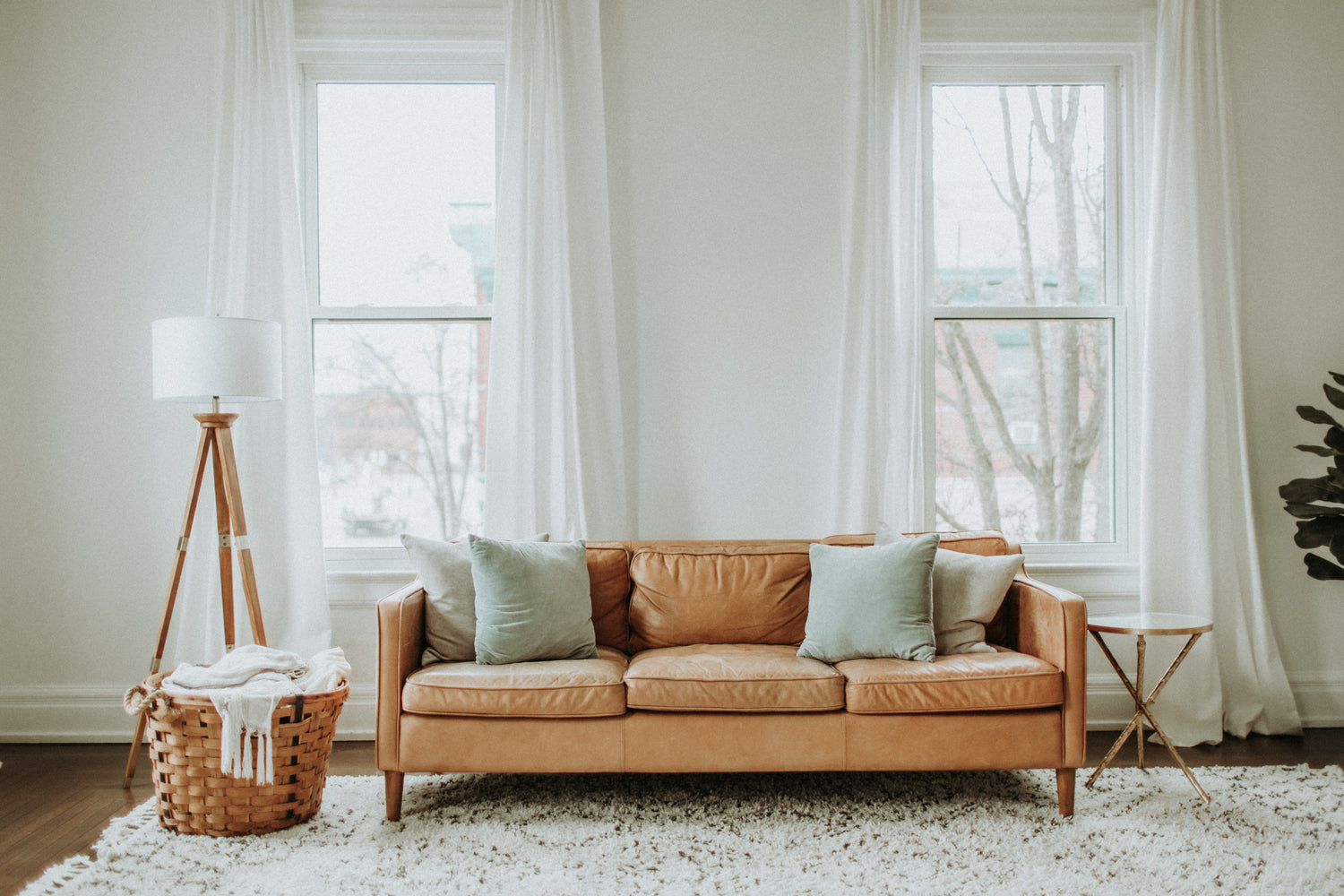
Comfort, elegance, warmth and style.
A rug not only transforms your space by adding a touch of elegance and style, but it also provides a feeling of warmth and comfort with every step.















